There’s a great deal you might infer about the hot hatchback, it seems to me, if you stop for a moment to contemplate the fish-finger sandwich.
Both are the sort of indulgences that lend themselves perfectly to the enrichment of the everyday. Both are extraordinary, some might even say unlikely, triumphs of human ingenuity made from fairly ordinary ingredients. And yet both can be corrupted so easily if you disregard the modesty and simplicity of their make-up and let your tastes for the exotic run riot.
Sliced white bread, fishy digits of unspectacular quality (arranged transversely for optimal space efficiency), a scrape of margarine and a (traditional) condiment of your choice – that’s the upper limit on how ambitious one ought to be with a fish-finger sarnie. As I regularly remind my better half, at no point should Nando’s extra-hot sauce be part of the equation. In a similar vein, a really good four-cylinder engine, a great manual gearbox, a driven front axle and a good sprinkle of seasoning with the specification of your tyres, suspension, brakes and diff is probably as exotic as it’s advisable to be in the construction of your hot hatchback.
Anyone who’s been tempted, as I once was, to slip a pickled gherkin (thinly sliced, obviously – I’m not an idiot) in between “cod” and bread will know how Icarus must have felt the night before his big flight when he inadvertently made his Warburtons soggy. I have since learned to be highly suspicious of the fish-finger ciabatta when eating out – especially if it comes with any menu-born mention of tartar sauce. Here’s the lesson, folks: if you want wonderful out of these things, you mustn’t get carried away with what you put in.

With the last two generations of its 1 Series hatchback, I’d argue, BMW strayed onto the wrong side of that line. Not as far wrong, quite clearly, as Renault Sport did when it signed off a mid-engined, rear-wheel-drive, V6-powered Clio at the end of the last century. Far enough, though – albeit only by the application of a longways six-cylinder engine and rear-wheel drive – to have given people unrealistic expectations about the handling dynamism and driver involvement that any Volkswagen Golf-sized hatchback might be capable of.

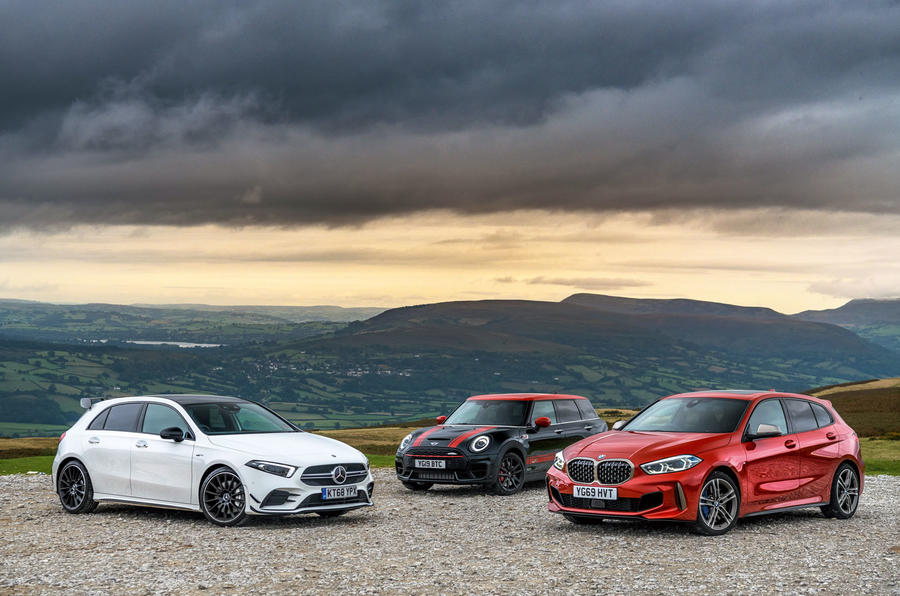




























































































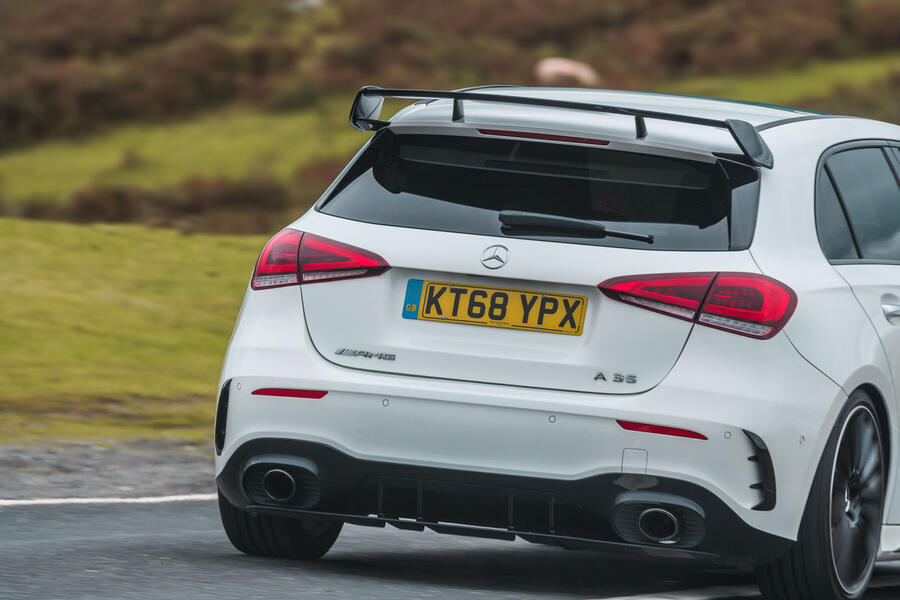
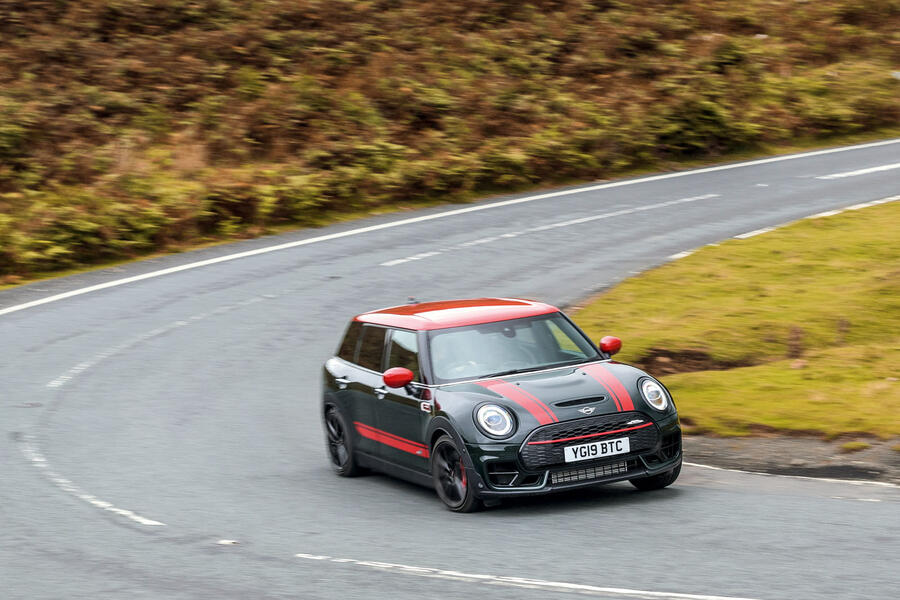
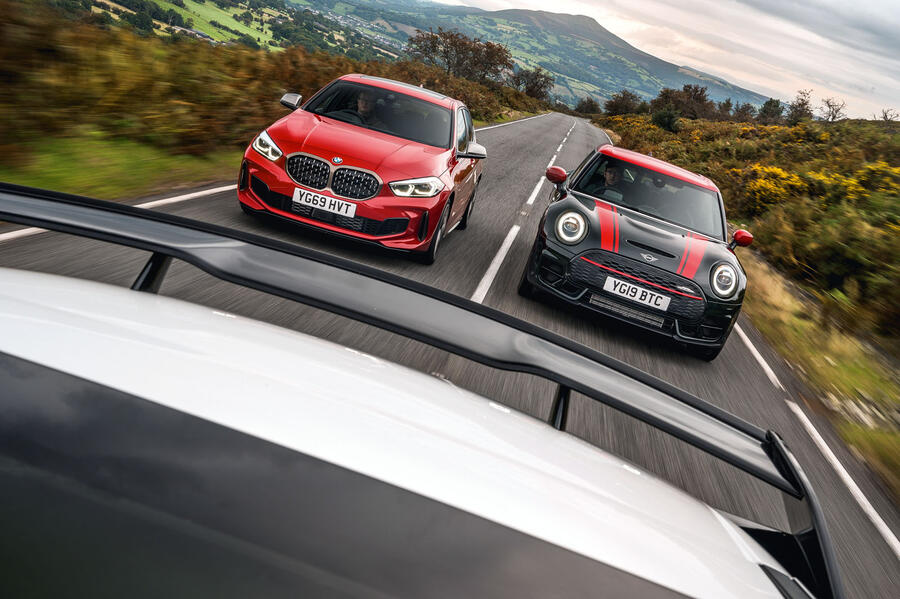
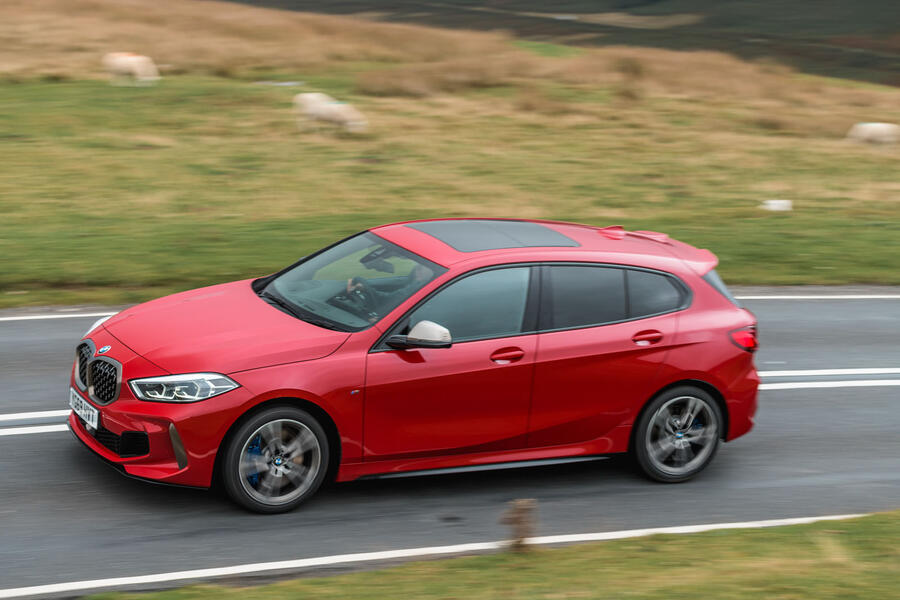






Join the debate
Add your comment
Hot hatch gentrification
What all this reminds me of is like when you have a "vibrant area of a city" that used to be fun, cheap and a little dangerous then the middle and upper classes eyed it and moved in only to complain about the noise at night and displaying neighbourhood watch posters everywhere. The days of the R5 gt turbo 205 citroen AX where all fun and low rent now you can't afford a 1 bed flat in the same area.
It is excruciating reading
And to read an assessment of digitally augmented engine sound is sad beyond words. Fake sound is fake sound.
Contrived cars that don't make you smile. And that surely is the key measure of a fish finger sandwich?
Fish finger sandwich
Those five opening paragraphs were hilarious: thank you Matt Saunders for some of the best Autocar writing for some time.
From the report I would second the comment above that all three of these sound a bit fish finger sandwich-ish for a hot hatch. If tested against a Honda Civic Type-R or Focus ST by Autocar, would the BMW stand a chance especially on the value for money front?